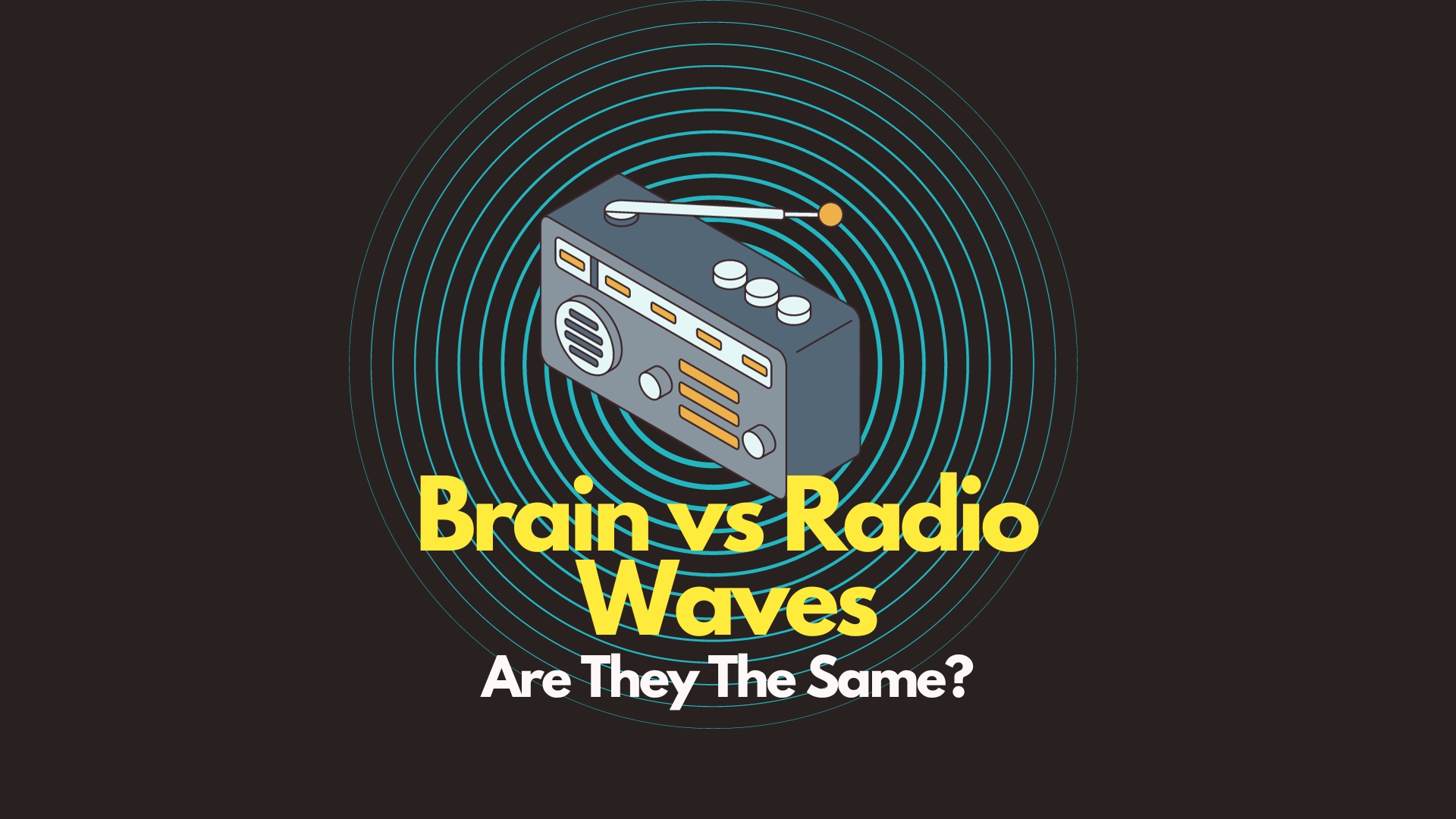Published
- 5 min read
Brain Waves and Radio Waves: Are They the Same?

Introduction
The brain is a fascinating organ, a complex biological masterpiece that governs everything from our thoughts to our movements. Central to understanding the brain’s functionality are brain waves, electrical patterns that ripple through our neural networks. But how do these brain waves compare to radio waves, the electromagnetic waves that facilitate wireless communication? Are they similar, or is it like comparing apples to oranges? This article aims to sift through scientific evidence, untangle common misconceptions, and explore the intriguing intersections between neuroscience and radio wave technology.
What Are Brain Waves?
The Basics
Neurons: These are the building blocks of your nervous system, cells specially designed to transmit electrical impulses.
Oscillations: These rhythmic patterns are the hallmark of brain waves. Like a perfectly composed symphony, these oscillations are the result of neurons firing in harmony.
Types of Brain Waves
The brain has its own “playlist” of waves, each serving a unique purpose.
- Alpha Waves: These are your “chill-out” waves, usually present when you’re relaxed.
- Beta Waves: When you’re engaged in an intellectual challenge, beta waves are at their peak.
- Delta Waves: These are your deep-sleep waves, facilitating bodily rest and recovery.
- Theta Waves: Active during light sleep or intense relaxation, theta waves are the “daydreaming” waves.
- Gamma Waves: These are your multitasking, problem-solving waves, often active when you’re engaged in complex cognitive or motor functions.
Exploring the Question: Are Brain Waves Like Radio Waves?
What Are Radio Waves?
Fundamentals of Electromagnetic Spectrum
Radio waves belong to the electromagnetic spectrum, which is a range of all the frequencies or wavelengths of electromagnetic radiation. This spectrum includes everything from X-rays and ultraviolet rays to visible light and, of course, radio waves.
How They Work
Radio waves are typically generated by an electronic device (like a transmitter) and are detected by a receiver. These waves can travel through the air and even through the vacuum of space, which is why they’re instrumental in long-distance communication, including satellite and space probe transmissions.
Characteristics
- Frequency: Measured in Hertz (Hz), the frequency of radio waves can range from as low as 3 kHz to as high as 300 GHz.
- Wavelength: The distance between one wave crest to the next, typically measured in meters. For radio waves, this can range from a millimeter to 100 kilometers.
- Amplitude: This refers to the “height” of the wave, often related to the strength of the signal in the context of radio waves.
The Scientific Comparison
Similarities at First Glance
At a superficial level, both brain waves and radio waves involve waveforms, which are graphical representations of the varying quantities in each type of wave. They also involve frequencies—brain waves are typically measured in Hertz, much like radio waves.
The Underlying Physics
- Nature of Waves: Brain waves are essentially electrical impulses, a result of ionic flows within neural networks. They are confined to the biological structure of the brain. Radio waves, on the other hand, are electromagnetic in nature, meaning they are composed of electric and magnetic fields that oscillate in perpendicular planes.
- Travel Medium: Brain waves don’t “travel” in the way radio waves do. They are localized to the neural networks where they are generated. Radio waves can propagate through various media, including air and the vacuum of space.
- Interaction with Matter: Brain waves are not designed to interact with external matter; they are a form of internal biological communication. Radio waves can pass through various materials and are specifically designed to be received by antennas and other devices.
Complexity vs Simplicity
Brain waves are far more complex than radio waves. They are influenced by various factors, including but not limited to neurotransmitter levels, existing neural pathways, and even an individual’s conscious and subconscious thoughts. Radio waves are generated and received in a much more controlled environment, designed for specific, less complex functions like data transmission.
Scientific Evidence
Experimental Studies
- EEG and Radio Spectrum Analysis: Studies using EEG to capture brain wave patterns and spectrum analyzers for radio waves show distinct characteristics for each.
- Interference Studies: Experiments have tested whether external radio wave signals can interfere with brain waves, with most results showing negligible impact.
The Gap in Understanding
There’s a chasm between the scientific understanding of brain waves and radio waves. While both have been studied extensively, they belong to different realms—biology for brain waves and physics for radio waves.
Did You Know?: Radio waves have frequencies as low as 3 kHz, whereas gamma brain waves can go up to 100 Hz, a much narrower range!
Common Misconceptions
- Brain Waves Can Be Picked Up By Radios: A popular but unfounded myth. Brain waves are not strong enough to be picked up by standard radio equipment.
- Radio Waves Affect Brain Function: While some concerns have been raised about electromagnetic fields (EMFs), current scientific consensus does not support the notion that radio waves influence brain waves significantly.
Practical Applications
Medical Arena
- MRI and Radio Frequency: MRI machines use radio frequency pulses to interact with the human body, including the brain. However, this is a controlled environment and not directly related to brain waves.
Telecommunications and Neuroscience
- Wireless Neural Interfaces: Some emerging technologies aim to create wireless connections with neural networks, although these are in nascent stages.
Conclusion
While brain waves and radio waves share some surface-level similarities, they are fundamentally different. Brain waves are biological phenomena tied to neural activity, whereas radio waves are electromagnetic waves utilized in various technologies.